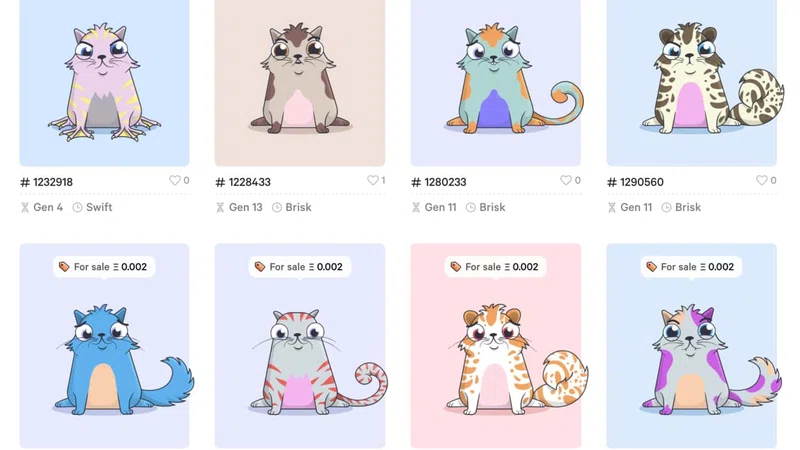Fintech is buzzing right now. For years, it was a niche corner of a highly regulated industry — now, in 2021, it’s already had its highest quarter of VC funding, ever. Q1 2021 set a record-high VC dollar volume of $22.8B. And this is a space which has some saying we’ve been pronouncing ‘fintech’ wrong (seriously, the way we say ‘fintech’ insinuates the full name is ‘finánce tech’, not ‘fi-nance tech’).
Pronunciation aside, it’s important to realize ‘fintech’ isn’t one industry or another. It’s the emergent effect of the meeting of a deeply institutionalized, clunky set of industries and the hyper-speed, dispersive nature of technology and software thinking.
Technology and software thinking aren’t unique to this moment. Previously, we’ve seen a similar conjunction occur in transportation (cars, planes, spaceships), manufacturing (looms, factories, 3D printing), and communication (phone calls, email, video calls) industries. And that list isn’t exhaustive. Millions of jobs, hundreds of thousands of businesses, and whole sectors of the economy have been upended. The sweeping (read: all encompassing) journey of technology across so many industries is the most endemic aspect of the modern economy. But this time, software and its disruptive productivity are eating the banker, the lender, the underwriter, and the cashier.
The Fintech Checklist
If we can grok software and technology, then what about the canvas on which it plays out?
In my belief, there are five elements to categorizing either an industry or a company as a fintech:
- 🏛️ Regulatory insulation: there are existing industries and incumbents with long-standing and well-established relationships with regulatory bodies, whose collaboration has propped regulatory and licensing fencing prohibiting the emergence of challengers and iconoclasts
- 🐖 OpEx/SG&A pudginess: there are incumbents and market leaders whose budgets may bleed red from significant expenditure on rent and utilities, headcount, and T&E, thanks to an assumed market model that relies on plentiful and large offices and droves of sales and customer support employees
- 🧮 Technologically inarticulate: there are industries and incumbents who lack the organizational culture and personnel to embrace the technological skillset and mindset
- 🐢 Late-onset innovation: there are existing players who do not imagine a world wherein faster, cheaper, and, frankly, better products and services could and should be offered despite clear warnings to the contrary; similar to the point above, however this is more lethal
- 💸 Money: the industry or company’s services revolve around the use of money. It’s used for three things: a store of value, a medium of exchange, and a unit of account (four, if you count being the root of all evil). It has an extra super power, too. It’s the dowsing rod of fintech. Its presence tells us if an industry or company is a fintech.
A formula for identifying fintechs:
Let’s put it all together. We can identify a fintech is a fintech if it meets the following characteristics:
- The fintech industry is (1) heavily regulated and requires a degree of licensing; (2) primarily concerned with money as a tool to value, to exchange, or to count;
- The incumbent companies are (1) encumbered by OpEx/SG&A; (2) unable to conceive of and catalyze technology as a strength; (3) futilely stubborn towards the pace of technology;
- The fintech company is (1) lean on OpEx/SG&A; (2) an effective communicator around the topic of technology; (3) adaptive to nonstop technological innovation.
Lastly, the key to unlocking this all is the unleashing of software and technological thinking. It’s the tool which secures company compliance and integrity, shaves down excessive expenditure, ensures a culture and team of technologically-adept output, and inspires a readiness to embrace the ever-changing technology landscape.
It’s an exciting time to be interested and working in fintech. Lots more opportunities to uncover; use the above framework to find yours.













